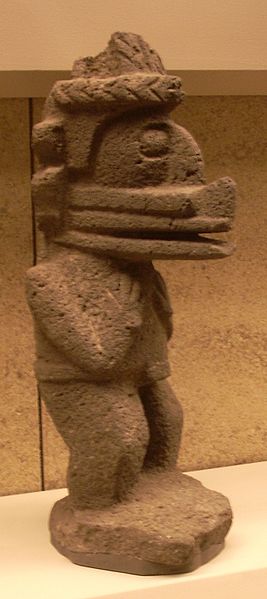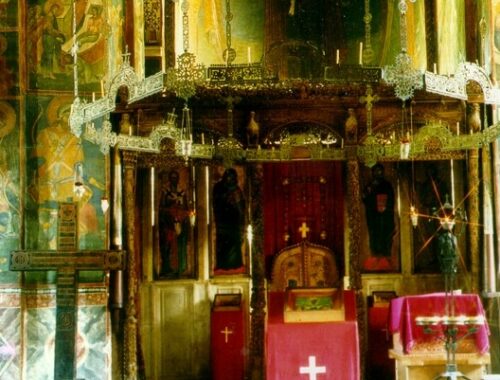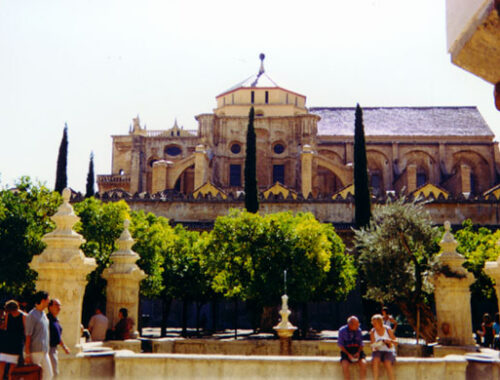
Palácio Benrath
14 de Novembro, 2021





Schloss Benrath é um rococó maison de plaisance perto de Düsseldorf, na Alemanha. Erguido para o Eleitor Palatino Carlos Teodoro pelo seu jardim e construção de diretor e supervisor de jardim, Nicolas de Pigage. Foi começado em 1755 e no momento em que foi concluído em 1770, alguns elementos do Neoclassicismo foram detectáveis em seu acabamento interior.
Duas alas simétricas flanqueiam central corps de logis. O Museu de arte de jardim Europeu foi fundado na ala leste de Benrath em 2002. A ala oeste abriga um Museu de história natural. Exposições e concertos de música de mudança são apresentados no edifício principal, que é apenas escassamente mobiliado.
O ensemble no Benrath foi proposto para designação como Património Mundial da UNESCO.

Previous
OMSI

Newer
Museo de la Garrotxa
You May Also Like

7 restaurantes ideais para os amantes de francesinha
7 de Agosto, 2022
Casa Lis
16 de Outubro, 2021